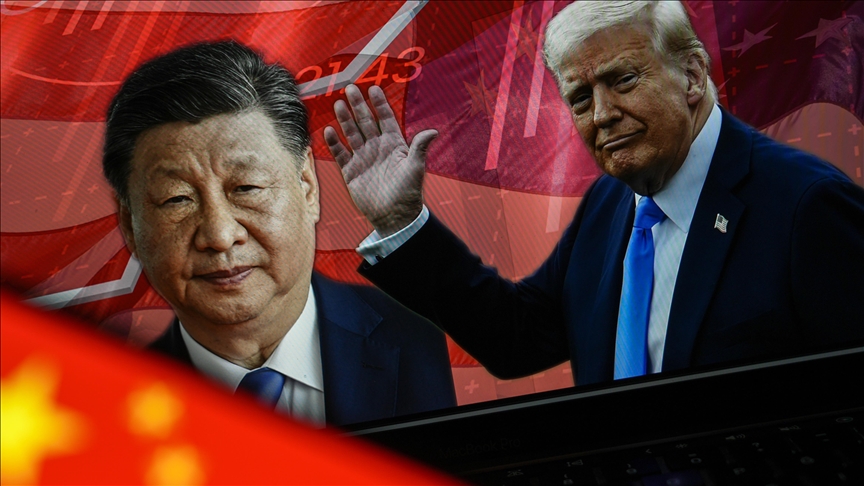Rare earths remain key issue in US-China trade tensions
China’s rare earth elements account for 69% of global production, while US sources 89% of its rare earths from China

ANKARA
Rare earth elements (REEs) remain a critical point of leverage in US-China trade tensions, as Beijing continues to wield its dominance in rare earth production amid escalating tariff disputes.
The US heavily relies on China for rare earth metals, which are essential in manufacturing advanced technology, defense systems, and renewable energy products.
China, which leads global REE production, has taken steps to tighten control over exports of these strategic materials—often in response to US trade policies.
Donald Trump, during his first presidential term, imposed tariffs on Chinese goods in March 2018, prompting China to respond by restricting REE exports. The latest restrictions came on April 4, just two days after new US tariffs were announced.
China currently accounts for 69% of the world’s rare earth production and holds 49% of the estimated 90 million tons of global reserves, according to the US Geological Survey’s 2024 data.
China is followed by Brazil with 21 million tons, India with 6.9 million tons, Australia with 5.7 million tons, Russia with 3.8 million tons, and Vietnam with 3.5 million tons.
The US, Greenland, and Tanzania each account for 2% of the global REE reserves.
China has a capacity to process close to 90% of REEs, which makes the world depend on Beijing as a supplier for clean energy and high-tech sectors. China’s dominant position in the REE field allows it to have great control over both the supply and the pricing of these metals, posing a risk to other countries.
Western countries have been trying to accumulate their own REE reserves in recent years to diversity imports, thereby reducing dependence on China and Russia.
China can produce all of the 17 REEs on the periodic table ever since it discovered its first and largest reserve in 1927 in the Inner Mongolia Autonomous Region.
The Bayan Obo Rare Earth Mine in western Inner Mongolia accounts for 83.7% of China’s total reserves and 37.8% of global reserves.
China imposes export controls on seven rare earth metals, namely samarium, gadolinium, terbium, dysprosium, lutetium, scandium, and yttrium. Exporting these elements now requires special approval from the Chinese Commerce Ministry. The restrictions apply to the entire supply chain, from raw extraction to finished products.
Analysts say Beijing made this move to impact key US sectors, such as defense and renewable energy, as the US sources about 89% of its rare earth from China and these restrictions affect the supply of raw materials for F-35 fighter jets and Tesla electric vehicles.
Anadolu Agency website contains only a portion of the news stories offered to subscribers in the AA News Broadcasting System (HAS), and in summarized form. Please contact us for subscription options.







